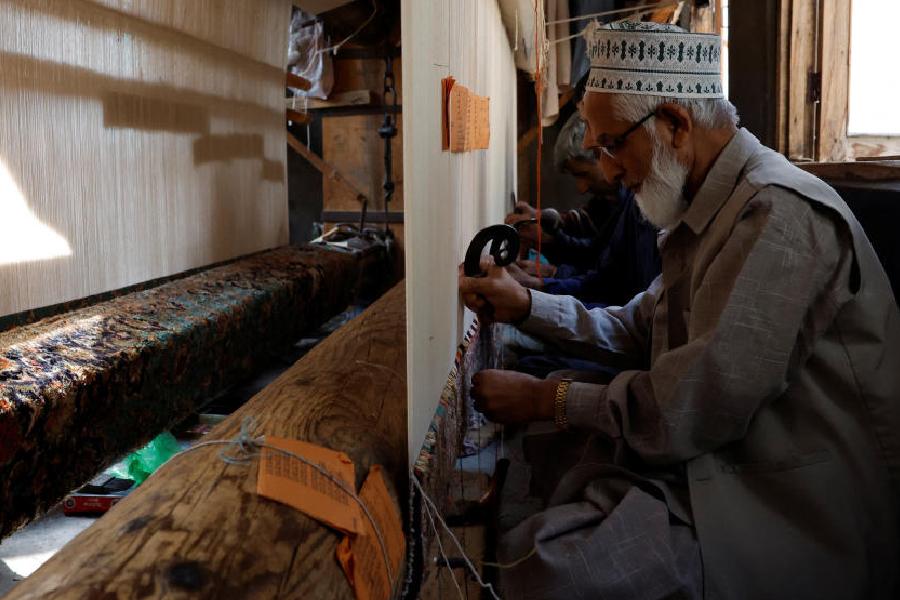 |
KnowHow team explains: When we rub our palm against a glass pane, it’s not our skin that makes the noise, but the glass on the contrary.
When you start to push one surface over another then frictional forces come into play and restrict the movement.
But if the pushing force is increased to reach the threshold point where it can over come the frictional force, it is then that the two surfaces slide over one another.
If one of the objects is elastic, as skin is, it will respond to increasing force by distorting.
When a fingertip is stuck on glass by friction, the skin is initially pulled out of shape by by the force attempting to move it, and then springs back closer to its normal shape once sliding starts.
But due to the change in shape, the effect of friction increases and the movement of the finger momentarily stops while the skin is pulled into a distorted shape once more. A steady pull will create hundreds of distortions per second, setting up audible sound waves
It is not only fingers that makes glass squeak. When cleaning with detergent and newspaper, glass squeaks louder and with a more fine pitch control.
If you move the paper slowly, you will hear a moan that (on a large piece of glass) sets the whole window pane vibrating.
The question was sent by
Keya Mitra, Calcutta











